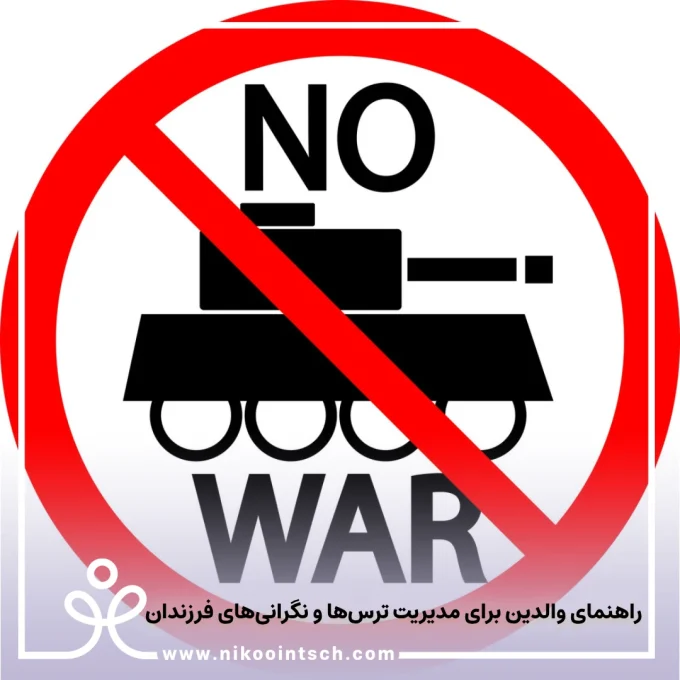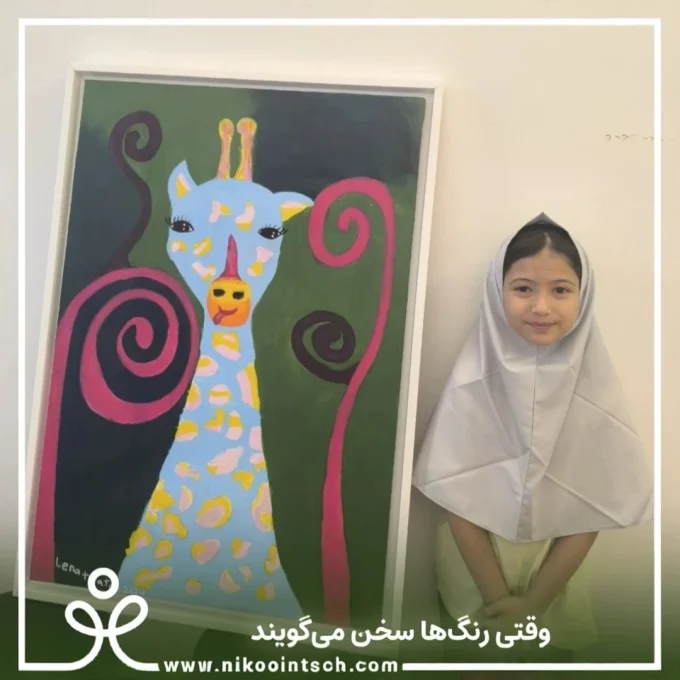Yesterday, April 4th, 2025, marked the reopening of schools after nearly 18 days—and in some cases, approximately 20 days—of closure. As field observations indicated, formal education did not resume in many schools, and instead, the day was filled with greetings, holiday visits, and social exchanges.
We will not delve into the necessity of such extended holidays, but rather point to one key statement and its consequences.
According to UNESCO, the required instructional hours for upper secondary education per academic year range between ۱,۰۰۰ to 1,200 hours, while lower secondary education requires ۱,۰۰۰ hours. For primary education, the recommended duration is ۸۰۰ to 900 hours. Textbooks worldwide—including in Iran—are designed based on these timeframes, which equate to 200 effective school days with 4, 5, or 6 hours of instruction per day. However, in Iran, these 200 days are undermined in various ways.
In addition to the extended Nowruz holidays, there are numerous official holidays throughout the year, weekly Thursday closures (introduced through the initiative of a former minister—amounting to 30 closed Thursdays and 140 to 180 lost school days across different educational levels), and closures due to air pollution, cold weather, etc., which peaked this year. As a result, there has been little time left for academic and cultural activities.
If we also consider the lack of seriousness in education on certain days (such as yesterday, the week leading up to Nowruz, and time wasted during teachers’ transitions into classrooms and the beginning of lessons), we are left with practically no real quantity or quality in education.
From today until the end of the academic year, approximately 40 school days remain, providing between 160 to 200 instructional hours. If we care about the future and well-being of our children, let us at least take these final 40 days seriously.












